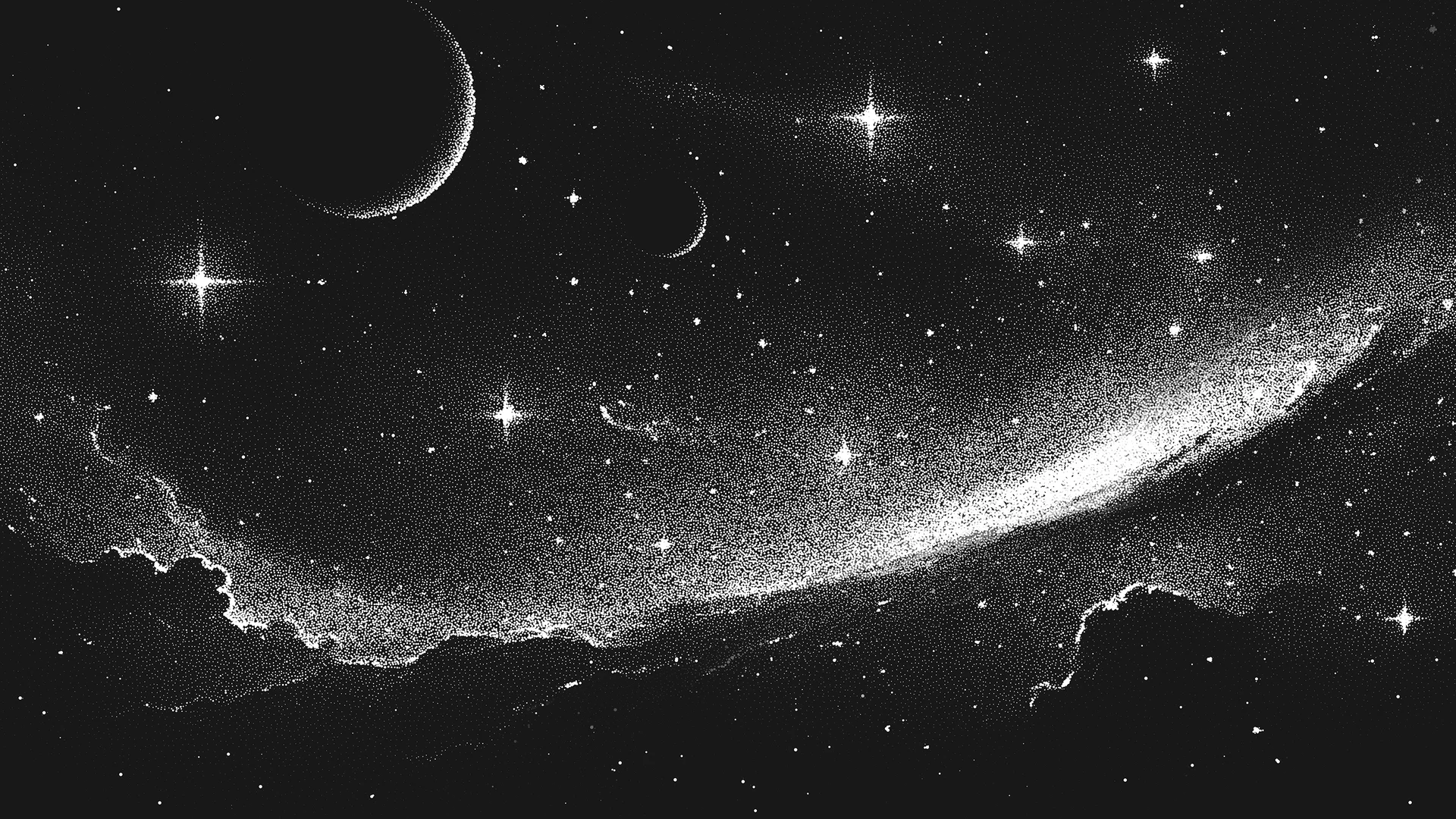The night sky has always captivated humanity, drawing our attention to the countless stars that adorn the Universe. Stars are the building blocks of galaxies, the sources of light and energy that illuminate our cosmos, and the subjects of scientific wonder and curiosity. Through The Universe episodes, viewers are taken on an extraordinary journey to explore stellar phenomena, from the birth of stars to their dramatic deaths, uncovering the secrets of the cosmos and the forces that govern it.
The Birth of Stars
Stars begin their lives in vast clouds of gas and dust called nebulae. Within these clouds, regions of higher density collapse under the force of gravity, triggering nuclear fusion in their cores. The Universe episodes vividly illustrate this process, showing how stars ignite and begin to shine. The formation of stars is not only a spectacular event but also a crucial one, as it marks the beginning of complex stellar evolution. Observing how stars are born provides insights into the conditions that give rise to planets and, potentially, life itself.
Life Cycle of Stars
The life of a star is a delicate balance between gravity and the energy produced in its core. Smaller stars, like our Sun, can burn for billions of years, steadily converting hydrogen into helium. Larger stars live faster, burning their fuel rapidly and often ending their lives in magnificent explosions known as supernovae. The Universe episodes delve into these stages, revealing how stars transform over time and how their life cycles influence the surrounding Universe. The death of stars, in particular, creates elements essential for the formation of new stars, planets, and even life, illustrating the interconnected nature of stellar evolution.
Stellar Phenomena and Mysteries
Stars are not merely points of light in the night sky; they exhibit a wide range of fascinating phenomena. Variable stars change in brightness over time, pulsars emit precise pulses of radiation, and binary star systems reveal complex gravitational interactions. The Universe episodes provide an in-depth look at these stellar phenomena, explaining how they occur and what they teach us about the fundamental laws of physics. By studying stars, scientists can gain a deeper understanding of the forces that shape galaxies and the Universe as a whole.
The Importance of Stars in the Universe
Stars play a vital role in shaping the structure and evolution of the Universe. They generate the light and heat necessary for planets to exist and drive the chemical evolution of galaxies. Through the fusion process in their cores, stars create heavier elements, seeding the cosmos with the materials needed for planets, asteroids, and even living organisms. The Universe episodes emphasize this importance, showing how stars are the engines of cosmic change and how their influence extends far beyond their immediate surroundings.
Observing Stars with Modern Technology
Modern astronomy has allowed humans to study stars in unprecedented detail. Telescopes, space observatories, and other instruments enable scientists to measure the temperature, composition, and motion of stars across vast distances. The Universe episodes often highlight these technological advancements, demonstrating how they have transformed our understanding of stellar behavior and the broader Universe. By observing stars, we can uncover hidden patterns, predict their future evolution, and even search for potential planetary systems around distant suns.
Stars as Cosmic Laboratories
Stars act as natural laboratories where the laws of physics are constantly at work. Extreme conditions in stellar cores—immense temperatures and pressures—cannot be replicated on Earth, making stars essential for understanding nuclear reactions and particle physics. The Universe episodes explore these stellar laboratories, revealing how studying stars contributes to our knowledge of energy production, elemental formation, and the fundamental forces that govern matter. Each star, from the smallest red dwarf to the largest supergiant, offers unique insights into the workings of the Universe.
Exotic Stars and Extreme Events
Beyond ordinary stars, the Universe contains exotic and extreme examples that challenge our understanding. Neutron stars, with densities exceeding atomic nuclei, and black holes formed from collapsing massive stars, present phenomena that push the limits of physics. The Universe episodes provide vivid depictions of these extraordinary objects, illustrating how they form, interact, and influence their surroundings. Studying these extreme stars not only expands our knowledge but also inspires awe at the power and diversity of stellar evolution.
Connecting Humanity to Stars
Observing stars has always inspired wonder and reflection. Across cultures and centuries, humans have looked to the stars for navigation, timekeeping, and spiritual guidance. The Universe episodes capture this fascination, showing how stars connect us to the vast cosmos and to our shared heritage as stargazers. By learning about stars, we gain a sense of perspective about our place in the Universe, appreciating both the enormity of space and the fragile beauty of our own existence.
The Future of Stellar Exploration
The exploration of stars is far from over. New missions, telescopes, and research initiatives continue to expand our knowledge of stellar phenomena. The Universe episodes often highlight future possibilities, from detecting the light of newborn stars in distant galaxies to understanding the ultimate fate of the most massive stars. As technology and observation techniques improve, our ability to study stars will deepen, revealing more secrets and fueling the curiosity that drives humanity to explore the Universe.
In conclusion, stars are more than distant points of light—they are dynamic, evolving entities that illuminate the cosmos and shape the Universe. Through The Universe episodes, audiences can witness the birth, life, and death of stars, gaining a profound appreciation for their role in the grand tapestry of space. Stars inspire wonder, fuel scientific discovery, and remind us of the vast, interconnected Universe we inhabit. By exploring stellar phenomena, we not only learn about the stars themselves but also about our origins and the cosmic forces that have shaped our world.


